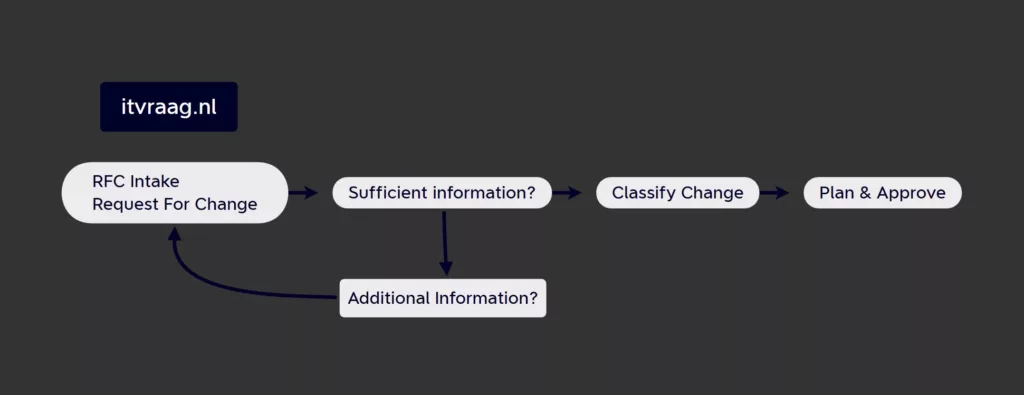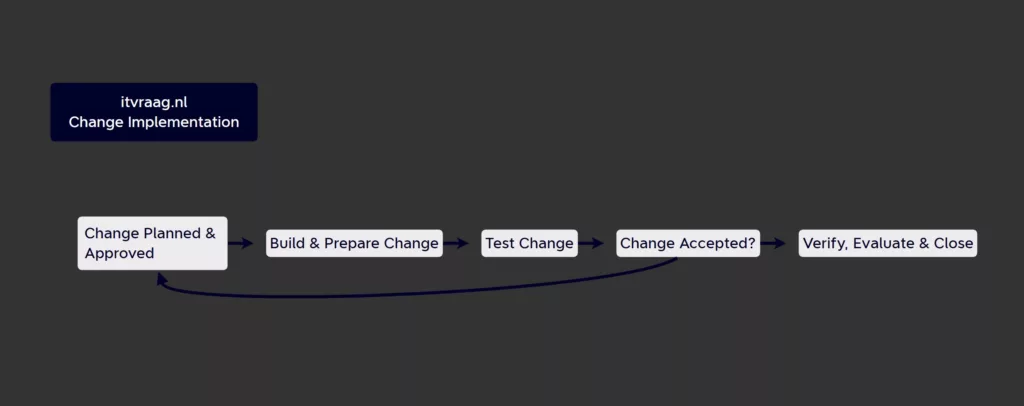TLDR: This blog discusses change management in IT and provides an overview of the change management process, common challenges, and best practices. Change management involves a structured approach to planning, implementing, and monitoring changes to minimize risk and maximize the benefits of the change. Communication and testing are key components of a successful change management process.
What is Change Management in IT?
Change management in IT is the process of controlling and managing changes to IT infrastructure and systems. It involves a structured approach to planning, implementing, and monitoring changes to minimize the risk of negative impacts on the IT environment and the organization as a whole. The primary goal of change management is to ensure that changes are carried out in a timely, controlled, and cost-effective manner, while minimizing disruption to the business.
The Change Management Process
The change management process typically follows a set of steps to ensure that changes are made in a controlled and effective manner. The following are the key steps involved in the change management process:
Request for Change (RFC)
The first step in the change management process is the submission of a request for change (RFC). An RFC is a formal request to change the IT infrastructure, software, or services. The RFC should contain a detailed description of the proposed change, its expected impact, and the reason for the change.

Change Assessment and Approval
Once an RFC is received, it is assessed by the change management team. The assessment process involves analyzing the potential impact of the change on the IT infrastructure, identifying potential risks, and assessing the feasibility of the change. If the change is approved, it is authorized by the change advisory board (CAB).

Change Implementation
The implementation phase involves executing the approved change in a controlled and planned manner. This phase typically involves testing the change in a non-production environment, communicating the change to all stakeholders, and executing the change during a scheduled maintenance window.

Change Review and Closure
After the change has been implemented, it is reviewed to ensure that it was successful and that there were no unexpected impacts. The change management team should document any issues that occurred during the change process and ensure that they are addressed before closing the change request.

Common Challenges in Change Management
Change management in IT can be challenging, and there are several common obstacles that organizations face. Here are some of the most common challenges in change management:
Resistance to Change
One of the most common challenges in change management is resistance to change. People are often resistant to change, especially when it comes to changes that affect the way they work. It’s important to communicate the reasons for the change and how it will benefit the organization. This can help to alleviate resistance to the change.
Lack of Communication
Communication is critical in change management. It’s essential to communicate the proposed change, its expected impact, and the implementation plan to all stakeholders. Failure to do so can result in confusion, delays, and resistance to the change.
Inadequate Planning
Inadequate planning is another common challenge in change management. Proper planning is essential to ensure that changes are implemented in a controlled and effective manner. This includes creating a detailed change plan, identifying potential risks, and developing a testing and rollback plan.
Ineffective Execution
Even with proper planning, the execution of the change can still be challenging. It’s important to have a skilled and experienced team that can implement the change in a controlled and effective manner. This includes testing the change in a non-production environment, communicating the change to all stakeholders, and executing the change during a scheduled maintenance window.
Insufficient Testing
Testing is a critical component of change management. Without proper testing, changes can result in unexpected impacts on the IT infrastructure and the organization as a whole.
